Knives have been an essential tool for humans for millennia.
Over the centuries, knife design has evolved significantly to meet different needs.
Today, the knife world offers a dazzling variety of options. Two broad categories are tactical knives and pocket knives.
While both serve the purpose of cutting, they differ markedly in intended use, design philosophy, and features.
This in-depth guide will delve into the key distinctions between tactical knives and pocket knives.
We’ll explore their defining characteristics, common applications, pros and cons.
By the end, you’ll be well-equipped to choose the type of knife best suited to your individual needs and circumstances.
The Ubiquitous Pocket Knife
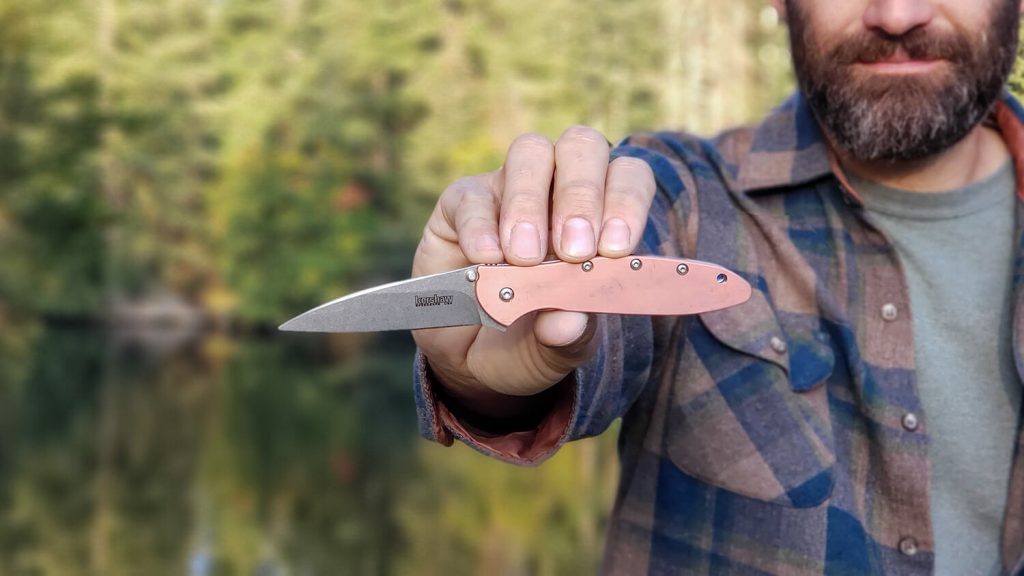
Pocket knives aim to be compact yet capable all-purpose tools.
They prioritize size, comfort and versatility above all else.
A pocket knife is intended to ride discreetly in your pocket until needed for light cutting tasks throughout the day.
Blade Length
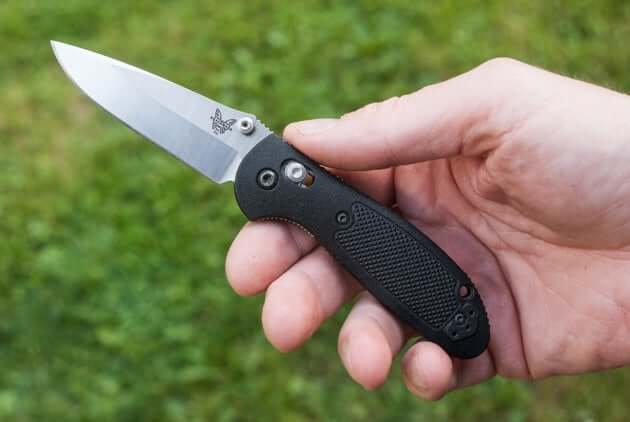
Pocket knife blades typically range from 2.5 to 3.5 inches to ensure legal carry in most places.
Longer blades start venturing into tactical knife territory in terms of function and law.
Most end users appreciate the balance of capability and discretion offered by pocket knife blades in this standard size range.
Blade Shape
Clip point, spear point and sheepsfoot blade shapes are the most common for pocket knives due to their versatility.
Clip points excel at general cutting work while maintaining a degree of tip strength.
Spear points focus precision tasks with their needle-like tips.
Sheepsfoot blades specialize in slicing applications like food preparation and whittling.
Blade Steel
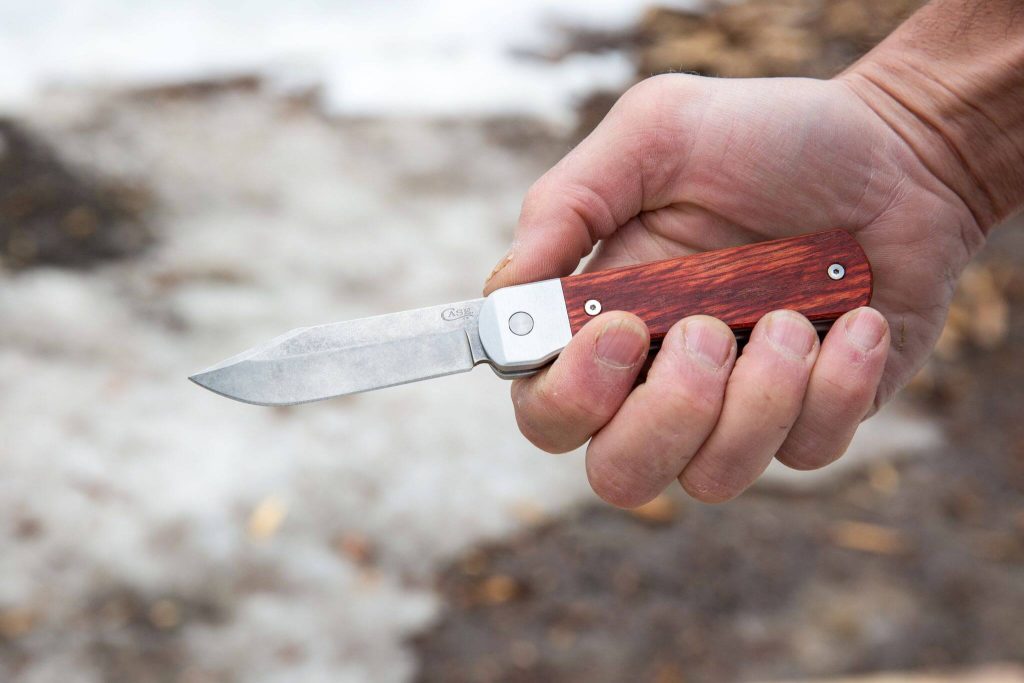
Pocket knife steels aim to strike a compromise between cost, durability and maintenance requirements.
Carbon steels like 420HC, 8Cr13MoV and D2 offer good wear resistance at accessible price points.
More premium steels like CTS-XHP or S30V appear in higher-end options.
Stainless steels such as 420J2 and AUS-8 bring corrosion resistance to the table while still providing adequate edge life.
Opening Mechanism
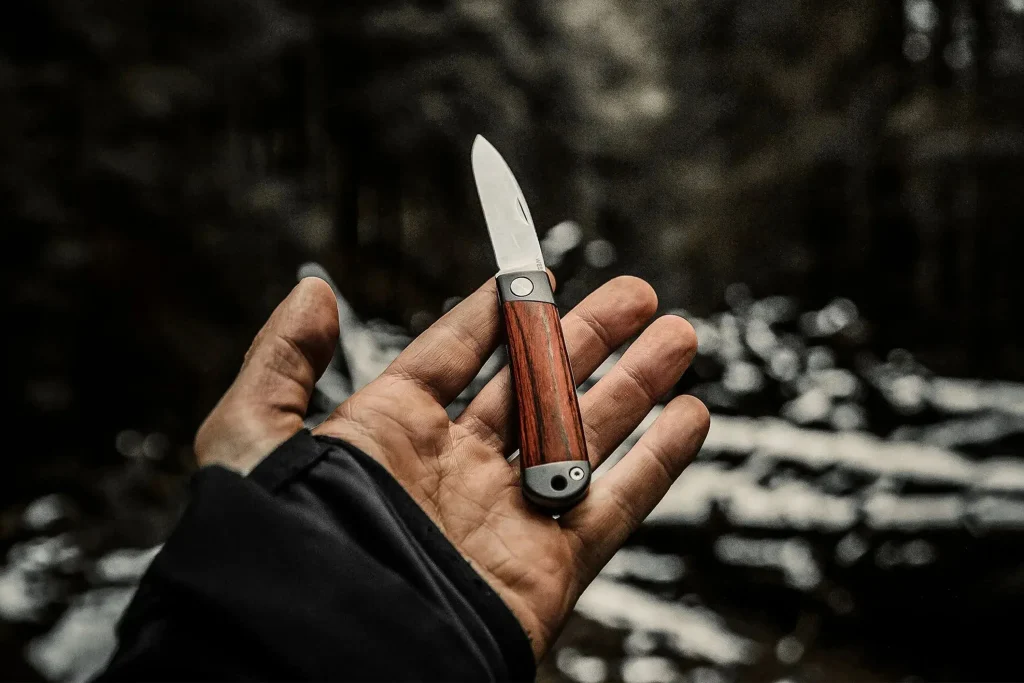
Most pocket knives open manually via a nail nick notch for one-handed operation.
This keeps things simple. Some incorporate thumb studs or flippers for faster one-handed access.
Either way, the folding blade keeps the profile low-key.
Integrated locks secure the blade open during use.
Handle Materials
Practical handle materials abound. Nylon and G-10 provide a budget-friendly option with excellent grip and durability. Stainless steel gently clads heavier knives.
Natural materials like wood, bone and antler impart traditional charm.
Two-tone color combinations up the aesthetic appeal as well. Texture taping lends slip-resistance.
Use Cases
The pocket knife excels at lighter everyday cutting jobs:
- Opening packages and mail
- Food preparation like chopping vegetables
- General utility cutting of tape, wires and more
- Whittling and carving small wood projects
- Crafts such as leather work
- Self-defense (within legal blade size limits)
The Mission-Focused Tactical Knife
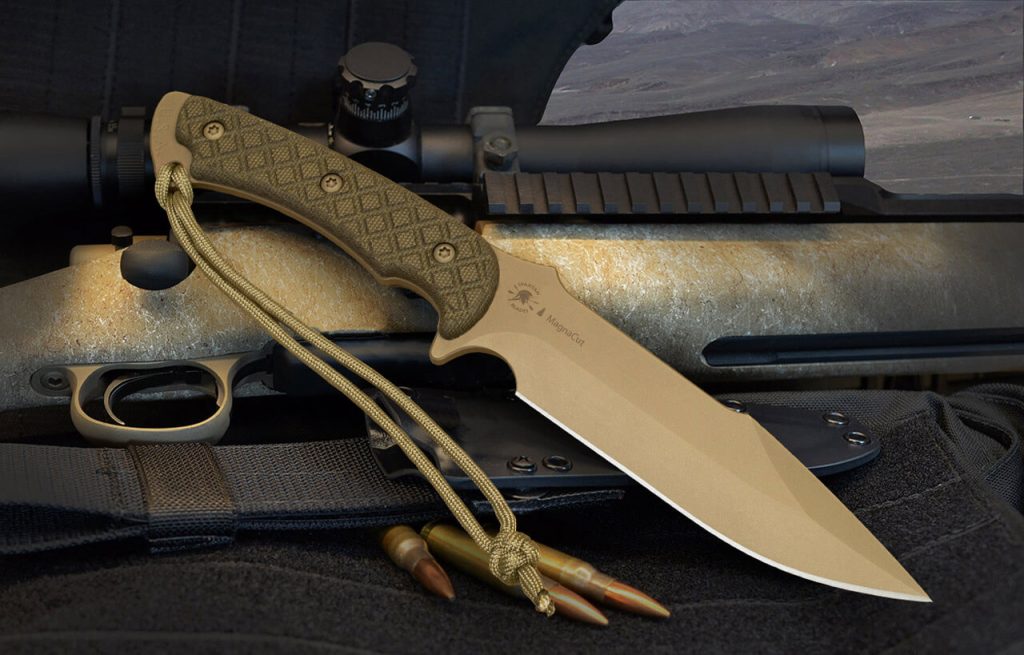
Tactical knives prioritize strength, long-term dependability and special features for demanding applications.
They fulfill a self-defense, survival, tactical or heavy-duty work role.
Blade Length
Tactical knife blades span 3.5 to 7 inches on average to empower slicing and piercing tasks. Longer blades offer more mechanical advantage and durability.
Many users appreciate the versatility afforded by blades in the 3.5-5 inch range as an ideal do-it-all size.
Blade Shape
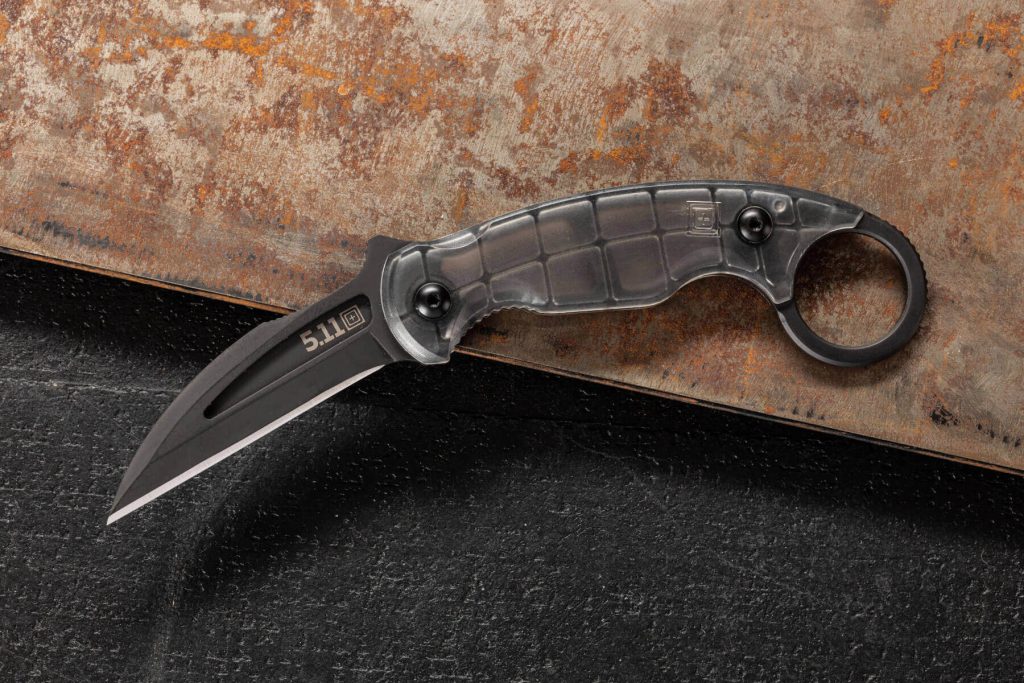
The tanto and clip point prevail due to their balance of tip strength and slicing profiles.
Drop points and spear points bring further slicing while retaining robust tips.
Partially- and fully-serrated options excel at sawing through materials like rope, webbing or seatbelts.
Blade Steel
Durability and toughness reign supreme here. Stainless steels give way to higher-end carbon varieties like CPM-S30V, CPM-M4 and Bohler M390 prized for their edge retention and wear resistance in demanding work.
Some favor powder metallurgy steels like CPM-3V for an acute combination of toughness, hardness and corrosion resistance.
Opening Mechanism
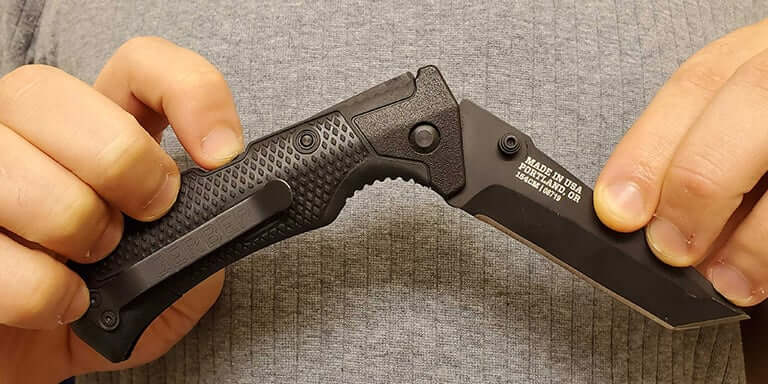
Fast deployment matters. Flippers, thumb studs and outlined button locks fly tactical knives open with a single motion of the thumb.
Some incorporate automatic or assisted-opening mechanisms for swift access in emergencies.
Liner or frame locks firmly secure the blade during use.
Handle Materials
Grip takes priority over aesthetics. Textured G-10, carbon fiber and durable rubbers provide traction and moisture-wicking capability.
Metal handles up the shock-resistant factor for knuckle-busting tasks.
Ergonomic shapes nestle in the hand for hours of hard use. Accessible lanyard holes provide additional security.
Specialized Features
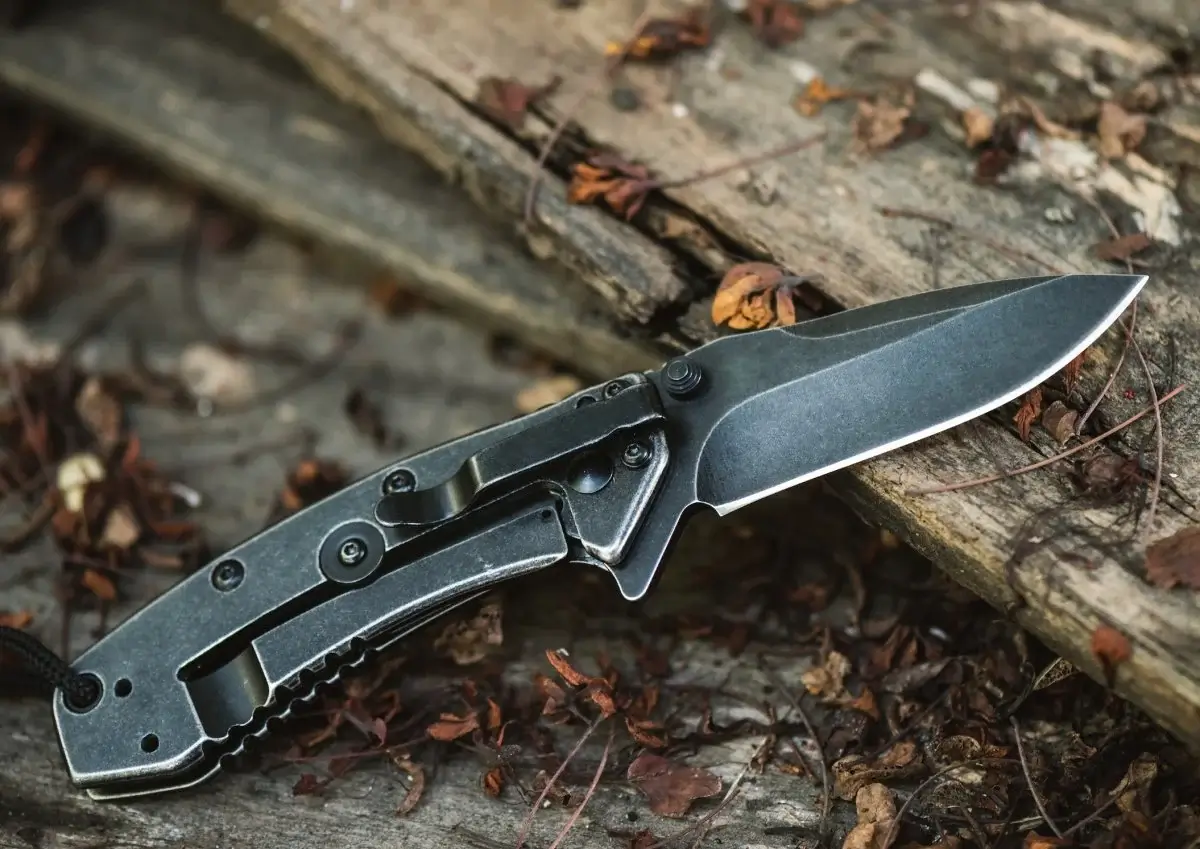
Many tactical knives integrate extra functionality beyond basic cutting.
Common additions include glass breakers, seatbelt cutters, screwdriver bits, fire starters and emergency whistles.
Some even serve as full multi-tools combining several implements.
Application Spheres
Tactical knives perform demanding jobs:
- Self defense
- Military & law enforcement
- First responder / EMT use
- Search & rescue
- Hunting & fishing
- Construction & heavy industry
- Survival & bushcraft activities
- Automotive repairs
- Heavy cutting through materials like rope, webbing, seatbelts and more
Comparing the Key Attributes
Let’s summarize the main traits that differentiate pocket knives from tactical knives:
Blade Length – Pocket knives generally keep it short (2.5-3.5 inches) versus tactical knives (3.5-7 inches)
Blade Shape – Pocket knives focus clip, spey and sheepfoot shapes. Tactical favors tanto, clip, partial serrated.
Blade Steel – Pocket knives balance cost & performance. Tactical utilizes premium edge steels.
Opening Mechanism – Pocket knives open manually or assisted. Tactical prioritizes fast one-handed automatic/assisted openings.
Handle Materials – Pocket knives go practical & affordable. Tactical handles maximize grip & durability.
Features – Pocket knives keep it simple. Tactical layers in glass breakers, seatbelt cutters etc.
Size – Pocket knives easily hide in pockets. Tactical emphasizes capability over discreteness.
Applications – Pocket knives cut light tasks. Tactical performs heavy duties like self-defense, survival and rescue situations.
Durability – Pocket knives focus on ease of replacement. Tactical constructs emphasize strength for surviving hard use.
Evaluating Your Needs
The ideal knife depends on your specific circumstances and intended applications. Consider the following factors to select between a pocket or tactical knife:
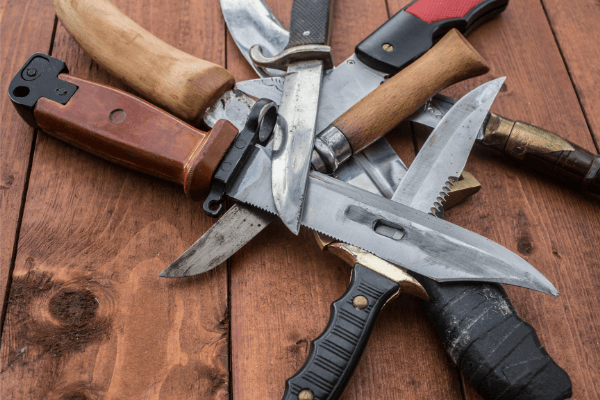
Budget – Tactical knives involve heightened material and machining costs. Pocket knives prove more affordable.
Legal Carry Restrictions – Pocket knives stay beneath legal blade length limits for most locales. Check local statutes on tactical knife carry.
Everyday Carry Needs – Pocket knives discreetly ride in a pocket for incidental jobs. Tacticals feel bulky indoors.
Outdoor Usage – Survival, search & rescue favor long-bladed durability. Pocket knives meet lighter camping tasks.
Self Defense – Tactical knives deter threats. Yet check local statutes permitting blades for defense purposes.
Work Requirements – Construction, hazardous material extraction demand heavy-duty edge retention. Office jobs suit pocket knives.
Brand Loyalty – Evaluate custom scales, established heat treatment from producers like Benchmade, Kershaw, Zero Tolerance.
Aesthetic Preference – Beauty is in the eye of the beholder. Consider handle textures, colors that appeal personally.
The right choice depends on weighing your specific application needs against legal restrictions and carrying comfort. Consider experimenting with both types to find the ideal balance. With experience, your intuition will guide toward pocket or tactical designs.
Caring for Your Blade
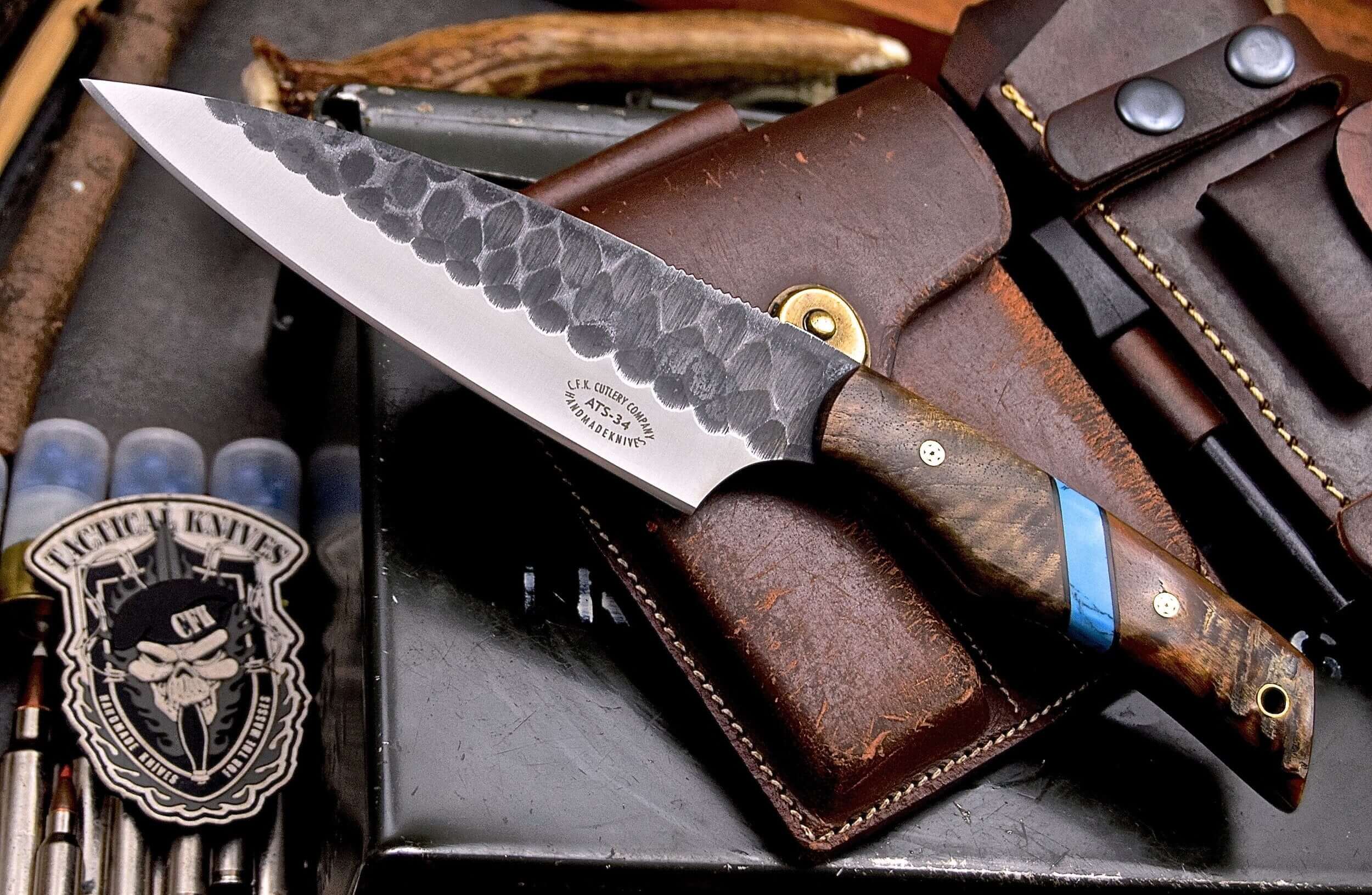
Proper care sustains any knife’s performance over generations of dependable service. Basic sharpening and cleaning keeps edges nimble:
Sharpening – Whetstones, strops and electric sharpeners restore lost edge. Focus compound angles for durable slices. Retain blade profile.
Lubrication – Knife oils like RemOil penetrate pivot points, washers and lock faces to slough friction and grit. Prolongs mechanism life.
Cleaning – Mild dish soap and warm water rinses away particles, salts and grit from handle scales and blade surfaces. Pat dry.
Maintenance – Strip, degrease and re-lube mechanisms periodically. Replace worn washers. Tighten screws avoiding over-torquing. Stone handles revive natural luster.
Storage – Protect edges in sheaths, pouches or dedicated knife rolls. Avoid keys and loose items to prevent scratches.
With attentive care, a quality blade can outlive multiple owners’ lifetimes of memories. Proper technique preserves investment value while keeping tools primed for generations of tasks at hand.
Conclusion
Whether your needs call for rugged defense or light tasks, the vast knife world offers options.
Within the pocket and tactical knife categories, myriad scales, steels and features await.
Test various profiles to identify your perfect companion.
With responsible carry and care, it will serve reliably through decades of use.
Choose wisely when comparing a tactical knife vs pocket knife, and your blade will never let you down.

